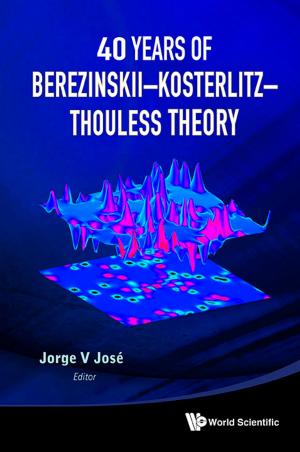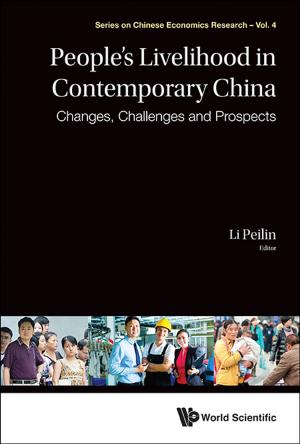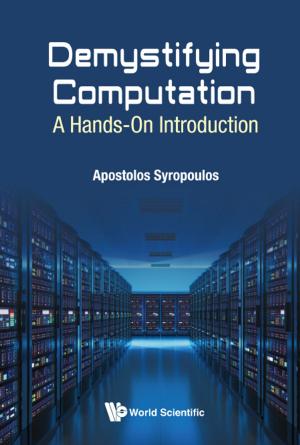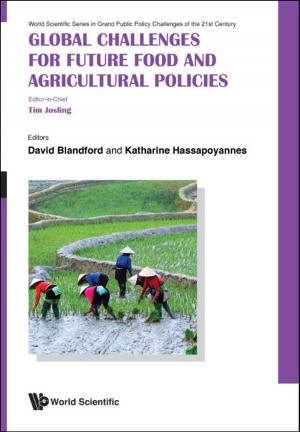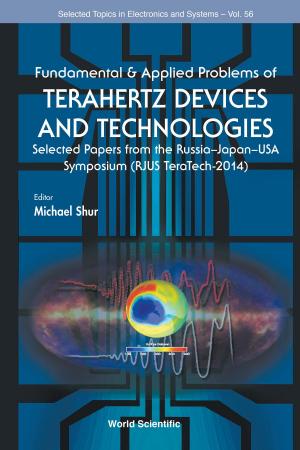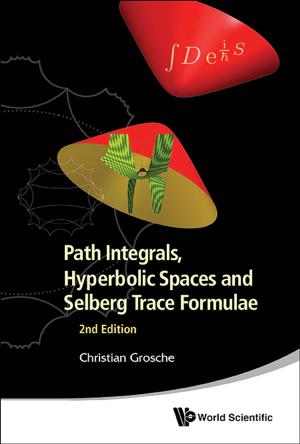Island Life
A Natural History of Pulau Tengah, Johor, Malaysia
Nonfiction, Science & Nature, Science, Biological Sciences, Ecology, Nature, Environment| Author: | Batu Batu Resort Sdn Bhd | ISBN: | 9789814725477 |
| Publisher: | World Scientific Publishing Company | Publication: | November 27, 2017 |
| Imprint: | WS LIFESTYLE | Language: | English |
| Author: | Batu Batu Resort Sdn Bhd |
| ISBN: | 9789814725477 |
| Publisher: | World Scientific Publishing Company |
| Publication: | November 27, 2017 |
| Imprint: | WS LIFESTYLE |
| Language: | English |
Nine nautical miles off the east coast of peninsular Malaysia, strung along the middle arc of the Seribuat Archipelago, the roving eye will spot a clutch of sun-washed islands. Narrow the lens a little to focus on the middle island, Pulau Babi Tengah (or Middle Pig Island in the Malay language) named after the wild pigs that used to roam its lands.
Set in the protected Johor Marine Park, the island, better known by its shortened name of Pulau Tengah, is three kilometres in circumference with an elevation of 150m at its highest point. Though just sixteen kilometres from the fishing town of Mersing, Johor, and 140km from Singapore, the island ticks every fantasy of an uninhabited paradise island. The beaches that encircle most of the island attract Green and Hawksbill turtles that land to lay their eggs from March to October. The translucent waters that surround the island are home to both coral reefs and meadows of sea grass which in themselves house rich marine life.
Batu Batu sits on the southern end of the island and was built in the traditional Malaysian "kampung" or village style to blend into the natural landscape of the island. The resort aims to tread lightly in order to preserve the beauty of the island and its natural surroundings.
To this end, Batu Batu has set up a variety of projects and funded a number of studies over the past years, including an ongoing collaboration with Malaysia's National Marine Parks Department and the Department of Fisheries for the conservation of turtles.
This book sets out to document and share a broad overview of the natural history of Pulau Tengah. It is a dedication to the work of Batu Batu's staff and the various experts and nature lovers who have visited the island and contributed a little to its preservation.
Contents:
- Foreword by His Majesty Sultan Ibrahim of Johor
- Message by Chief Minister of Johor
- Message by Director General, Department of Marine Park Malaysia
- Preface
- Introduction
- Pulau Tengah
- Marine Life
- Bird Life
- Botany
- A Walk on the Wild Side
- The Vietnamese Boat People
- Expedition Robinson
- Batu Batu
- Appendices
- Acknowledgments
- Awards
Readership: General Public.
0
Nine nautical miles off the east coast of peninsular Malaysia, strung along the middle arc of the Seribuat Archipelago, the roving eye will spot a clutch of sun-washed islands. Narrow the lens a little to focus on the middle island, Pulau Babi Tengah (or Middle Pig Island in the Malay language) named after the wild pigs that used to roam its lands.
Set in the protected Johor Marine Park, the island, better known by its shortened name of Pulau Tengah, is three kilometres in circumference with an elevation of 150m at its highest point. Though just sixteen kilometres from the fishing town of Mersing, Johor, and 140km from Singapore, the island ticks every fantasy of an uninhabited paradise island. The beaches that encircle most of the island attract Green and Hawksbill turtles that land to lay their eggs from March to October. The translucent waters that surround the island are home to both coral reefs and meadows of sea grass which in themselves house rich marine life.
Batu Batu sits on the southern end of the island and was built in the traditional Malaysian "kampung" or village style to blend into the natural landscape of the island. The resort aims to tread lightly in order to preserve the beauty of the island and its natural surroundings.
To this end, Batu Batu has set up a variety of projects and funded a number of studies over the past years, including an ongoing collaboration with Malaysia's National Marine Parks Department and the Department of Fisheries for the conservation of turtles.
This book sets out to document and share a broad overview of the natural history of Pulau Tengah. It is a dedication to the work of Batu Batu's staff and the various experts and nature lovers who have visited the island and contributed a little to its preservation.
Contents:
- Foreword by His Majesty Sultan Ibrahim of Johor
- Message by Chief Minister of Johor
- Message by Director General, Department of Marine Park Malaysia
- Preface
- Introduction
- Pulau Tengah
- Marine Life
- Bird Life
- Botany
- A Walk on the Wild Side
- The Vietnamese Boat People
- Expedition Robinson
- Batu Batu
- Appendices
- Acknowledgments
- Awards
Readership: General Public.
0

